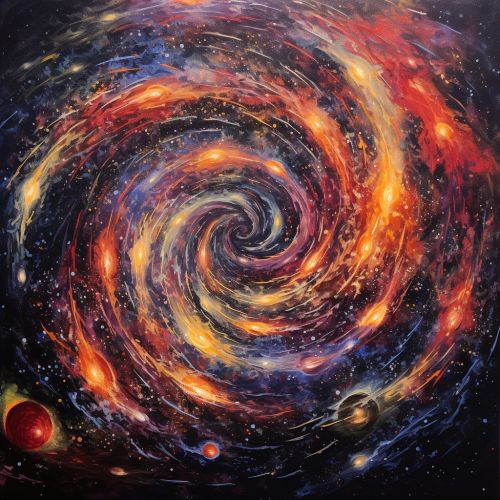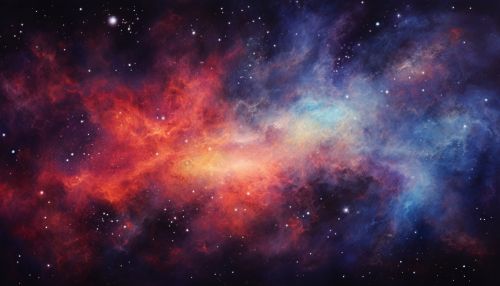The Science of Dark Matter and Dark Energy
Introduction
Dark matter and dark energy are two of the most mysterious and intriguing concepts in modern cosmology. Despite making up approximately 95% of the universe, these phenomena remain largely unobserved and poorly understood. This article delves into the science behind dark matter and dark energy, exploring their discovery, properties, and the ongoing research aimed at uncovering their nature.


Discovery
The existence of dark matter was first postulated by Swiss astronomer Fritz Zwicky in 1933, during his studies of the Coma Cluster of galaxies. He observed that the galaxies within the cluster were moving much faster than expected based on the visible matter alone. This led him to propose the existence of unseen, or "dark", matter.
Dark energy, on the other hand, was discovered much later. In 1998, two independent teams of astronomers studying distant supernovae found that the universe's expansion was not slowing down, as was previously thought, but was instead accelerating. This surprising discovery suggested the existence of a previously unknown form of energy, now known as dark energy.
Dark Matter
Dark matter is a form of matter that does not interact with the electromagnetic force, meaning it does not absorb, reflect, or emit light, making it extremely difficult to detect. It is estimated to constitute approximately 27% of the universe's total mass-energy content.


Properties
The exact nature of dark matter is still unknown, but it is believed to be composed of one or more types of subatomic particles. Several candidates have been proposed, including WIMPs, axions, and sterile neutrinos.
Despite its elusive nature, dark matter's existence and properties can be inferred from its gravitational effects on visible matter, radiation, and the large-scale structure of the universe. For example, the rotation curves of galaxies, which plot the speed of stars against their distance from the galaxy's center, remain flat far beyond the region containing most of the galaxy's stars. This observation suggests the presence of a large amount of unseen mass in the outer regions of galaxies, which is attributed to dark matter.
Detection and Research
Detecting dark matter directly is a significant challenge due to its weak interaction with ordinary matter. However, several experimental techniques have been developed in an attempt to achieve this. These include the use of cryogenic particle detectors, which aim to detect the heat generated when a dark matter particle collides with a nucleus, and liquid scintillator detectors, which look for flashes of light produced by such collisions.
Despite these efforts, direct detection of dark matter particles has yet to be achieved, and the search continues. Current research is focused on refining detection techniques, studying the distribution and behavior of dark matter in the universe, and developing new theories and models to explain its nature.
Dark Energy
Dark energy is a form of energy that is believed to permeate all of space and cause the acceleration of the universe's expansion. It is estimated to make up approximately 68% of the universe's total mass-energy content.


Properties
The exact nature of dark energy is one of the biggest mysteries in cosmology. It is often described as a property of space itself, with more dark energy being created as the universe expands. This is consistent with the concept of the cosmological constant, a term introduced by Albert Einstein in his field equations of general relativity.
Another theory is that dark energy is a new kind of dynamical field or energy, often referred to as quintessence, that changes over time and space. Yet another possibility is that dark energy is a sign that Einstein's theory of gravity needs to be modified.
Detection and Research
Dark energy cannot be directly detected, but its existence and properties can be inferred from its effects on the universe's expansion. The most direct evidence for dark energy comes from distance measurements and redshift observations of supernovae, which show that the universe's expansion rate is accelerating.
Current research on dark energy is focused on making more precise measurements of the universe's expansion rate, studying the distribution of galaxies and clusters of galaxies, and exploring new theories and models to explain its nature.
